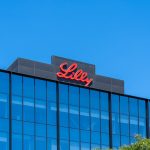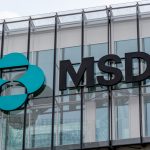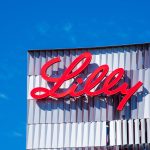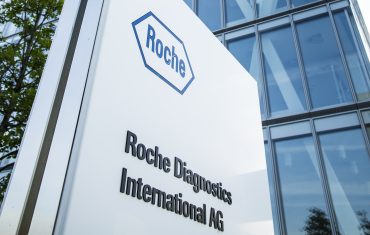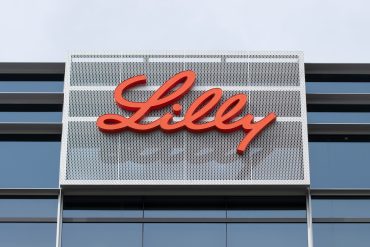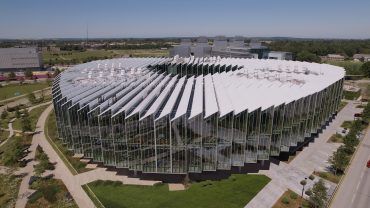
- Healthcare
- Pharmaceuticals
AstraZeneca Commits $50 Billion to US Operations Through 2030
5 minute read

AstraZeneca manufacturing expansion creates thousands of US jobs while reducing foreign drug supply chain dependency
Key Takeaways
- $50 billion US investment by 2030 — AstraZeneca announces its largest-ever single-country commitment, including a $4 billion Virginia manufacturing facility for weight management drugs and other pipeline products.
- Potential stock listing shift from London to US — The UK’s third-largest company considers relocating its primary exchange listing as part of strategic pivot toward American markets.
- Response to potential 200% pharmaceutical tariffs — Investment addresses Trump administration threats of substantial duties on foreign-made medicines while supporting domestic supply chain goals.
Introduction
AstraZeneca commits $50 billion to US operations by 2030, marking the British pharmaceutical giant’s largest single-country investment in company history. The announcement centers on a $4 billion manufacturing facility in Virginia that will produce drug substances for the company’s expanding weight management portfolio.
This strategic expansion positions AstraZeneca to generate 50% of its projected $80 billion annual revenue from US operations by decade’s end. The move also addresses potential pharmaceutical tariffs of up to 200% proposed by the Trump administration while strengthening domestic drug supply chains.
Key Developments
The Virginia facility represents AstraZeneca’s cornerstone investment, focusing on small molecules, peptides, and oligonucleotides production. The state-of-the-art center will manufacture drug substances for oral GLP-1 medications, baxdrostat for blood pressure treatment, and oral PCSK9 cholesterol therapies currently in clinical trials.
AstraZeneca expands its US footprint beyond manufacturing with new research facilities in Cambridge, Massachusetts, and Gaithersburg, Maryland. The company develops CAR-T cell therapy manufacturing capabilities in Rockville, Maryland, and Tarzana, California, targeting advanced blood cancer treatments.
CEO Pascal Soriot negotiated the Virginia investment during a London meeting with Governor Glenn Youngkin last month, completing AstraZeneca’s fastest-ever major investment deal. The facility will employ several hundred staff upon completion and leverage artificial intelligence, automation, and data analytics for optimized production.
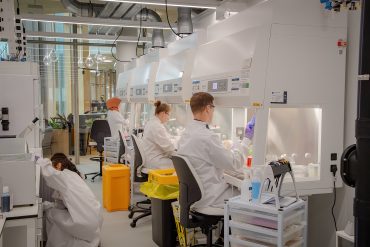
Market Impact
AstraZeneca’s investment creates tens of thousands of direct and indirect jobs across multiple states, with over 1,000 high-skilled positions from the initial $2 billion commitment. The company currently employs 18,000 people in the US and supports 92,000 total jobs, contributing $5 billion directly to the American economy.
The potential relocation of AstraZeneca’s primary stock listing from London to a US exchange signals deeper market integration. This move could enhance the company’s valuation and expand its investor base while reflecting long-term commitment to American operations.
Industry peers including Bristol Myers Squibb, Roche, Eli Lilly, and Johnson & Johnson have announced similar billion-dollar US investments, indicating broad pharmaceutical sector trends toward North American manufacturing localization.
Strategic Insights
AstraZeneca’s expansion addresses dual pressures from potential tariffs and national security concerns over foreign pharmaceutical dependency. The strategy reduces exposure to trade risks while positioning the company for growth in key therapeutic areas including weight management and cardiovascular treatments.
The investment timeline aligns with broader industry efforts to “reshore” production capabilities following supply chain disruptions. BioPharma Dive reports this facility supports AstraZeneca’s goal of reducing reliance on overseas manufacturing while capturing domestic market opportunities.
President Trump’s advocacy for “most favored nation” drug pricing policies creates additional incentives for pharmaceutical companies to demonstrate US manufacturing commitments. AstraZeneca’s proactive approach positions it advantageously for potential policy implementations.
Expert Opinions and Data
“We are very focused on our commitment to the United States,” CEO Pascal Soriot stated at the Virginia announcement. “The great majority of our portfolio of new products originates out of our research and development here in the United States.”
Commerce Secretary Howard Lutnick praised AstraZeneca’s decision to bring substantial pharmaceutical production domestically, supporting the administration’s supply chain independence goals. Governor Glenn Youngkin emphasized Virginia’s role in creating highly-skilled science and technology jobs through this partnership.
Soriot acknowledged that while tariff concerns expedite investment decisions, AstraZeneca’s US expansion reflects independent strategic motivations. “We understand the need for a country like the US to see medicines serving patients in this country manufactured in this country,” he explained, highlighting national security implications.
Conclusion
AstraZeneca’s $50 billion commitment represents a fundamental shift in pharmaceutical industry localization strategies, driven by both regulatory pressures and market opportunities. The Virginia facility anchors a comprehensive expansion spanning manufacturing, research, and specialized therapy production across multiple states.
This investment positions AstraZeneca to navigate evolving trade policies while capitalizing on domestic market growth, particularly in weight management and cardiovascular therapeutics. The potential stock listing relocation underscores the company’s long-term strategic alignment with American pharmaceutical market dynamics.

